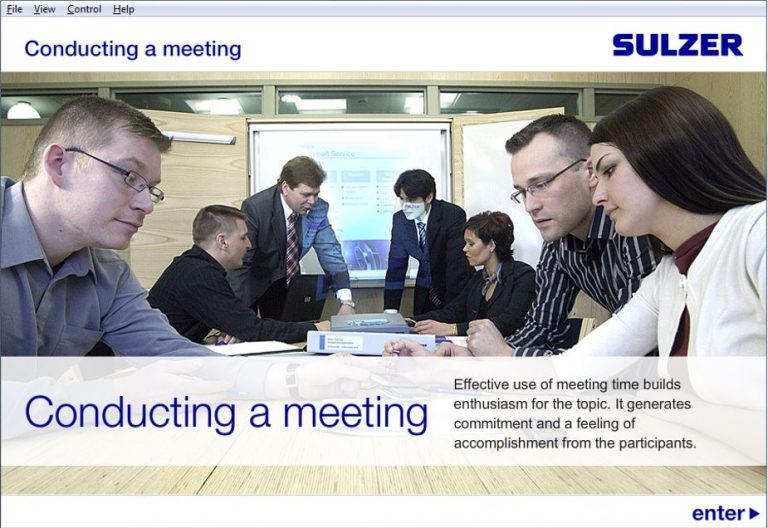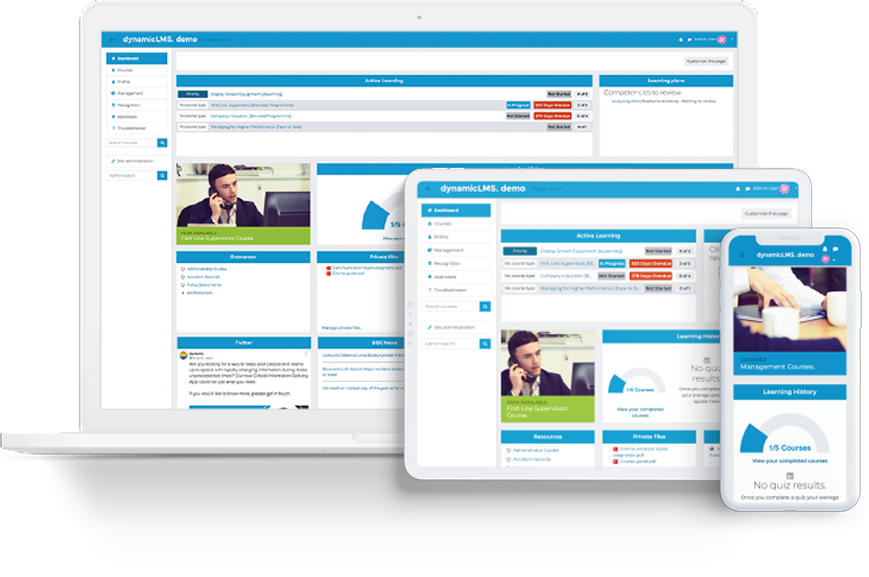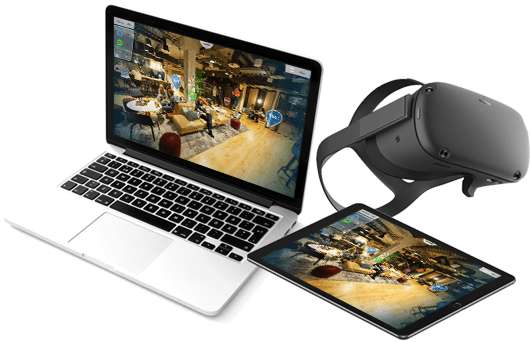
06 April 2021
Lisa Johnson
21 years as a digital learning provider
Spending 21 years as a digital learning provider has been a real eye-opener. The industry is dependent on technology which, over the last , has moved forward in leaps and bounds.
During this time, there have been innumerable technological advancements that have seriously changed our lives.
When we founded Dynamic to create digital learning, the smartphone – which many of us today find invaluable – did not exist. Mobile phones of the time were limited to making and receiving calls.
YouTube had not yet been founded and social media, as we know it, did not yet exist. Facebook was not founded until 2004, so there was no opportunity to consider any form of social learning. YouTube wasn’t launched until 2005.
In offices across our nation, the most popular word processing software was ‘WordPerfect’ and spreadsheets were generally created using an application known as Lotus 123. The Microsoft boom was just beginning, with early adopters using Word and Excel as part of the new Microsoft Office suite.
What was the digital learning landscape like two decades ago?
I had been in the IT training industry since 1986. The focus of learning in 2000 was still predominantly on teaching people how to use the constantly evolving desktop software applications and many business-specific systems that were being introduced.
The concept of using technology as a way of driving learning by creating digital learning materials was relatively new. The Learning Management System (LMS) concept was something that was being adopted by the education sector but was still very new for businesses.

The start of elearning
Dynamic created its first elearning programme in 2000. This was the start of our journey as a digital learning provider based in Leeds and it was a course on how to log and respond to helpdesk tickets. We used a ‘buddy’ type character who led you through the training. It was very simple – but highly effective. It was used to train key staff across a major supermarket chain and was launched using a blended approach. We did a ‘desk drop’ of leaflets and then floor-walked the training to provide support in real time.
The process opened our eyes to the sheer potential of using elearning as a business function, but also to help individuals grow. We had lots of experience in the design and delivery of classroom-based training. So we quickly learned how to design an elearning intervention to engage and lead the learner.
Elearning became our passion and we arranged literally hundreds of appointments to talk to companies about the potential of elearning. We were often met with a degree of scepticism about whether it could be successful, and there was a reluctance from many around investing in elearning.

New distribution challenges
The challenges were manifold. There was a lack of availability of computers for people to complete their learning on. A lack of bandwidth and restrictions relating to older internet browsers, which were required for legacy systems was a hurdle, too.
As the market evolved, we recognised the need for an LMS on which to deploy and track learning. However, whilst still developing elearning solutions for a large number of clients, to many, the idea of capital investment in a learning platform was still scary. Dissemination was often via an intranet that had no capability to track uptake.
We realised the biggest barrier to our business development was that many potential clients didn’t have a way of distributing their learning solutions. Our focus changed to look at how we could help them solve this conundrum.
We developed a bespoke LMS and later adopted Moodle. We have since built on the core of Moodle (over many years) to develop dynamic LMS. This is a highly adaptable platform, including features that are better suited to how a business needs to track and manage training, rather than the educational organisations for which Moodle was originally developed.


Continuous improvement; a digital learning provider for the future
It seems a long time since our first elearning programmes. Since then, we’ve improved the quality of what we’ve produced and indeed, been been continuously improving and moving forward as technology has.
Throughout that time, we introduced new features that many now take for granted. As bandwidth improved for most learners, we were able to make more use of video and motion graphic animation. As technologies, such as Flash and later HTML5 were developed, we made more engaging and fun interactions. And as access to new hardware, such as VR headsets and the latest smartphones became more commonplace, we created Virtual Reality (VR) and Augmented Reality (AR) solutions.

The face of learning today
The landscape today couldn’t be more exciting. We’ve truly recognised and embraced the benefits of digital learning.
As individuals, our desire to learn is driven and directed by the sheer availability of information. We tend to rely heavily on available technology to find out what we want to know, as and when our interest is piqued.
The advances in technology, coupled with our desire to have information at our fingertips, means that training potential is unlimited.
Today people can access learning on the move, using their own devices. They are not reliant on taking training at their desks. Now training can not only be tailored to the needs of the learner but also in terms of how long is required to complete. And of course, the methods used.
The use of cleverly crafted video also allows us to make training contextual and relevant to the learner.
We can consider AR and VR when looking to address a training need. Or we can create an effective game to help meet required learning outcomes, or provide sophisticated tools to help embed and transfer learning.


Today, our challenges include:
- Helping clients and their learners to overcome the bad press that elearning faces. That’s because it has been used as a vehicle to often force poor or irrelevant content towards learners to address a perceived ‘mandatory’ requirement. Digital learning can be tailored to best meet the needs and expectations of the learner.
- Getting involved early enough in the process. All too often a client will approach us with a perceived need without fully exploring the driver or problem that it will address. We can help our clients to understand what is at the root of the situation. This helps us better understand how to fully meet the requirement.
- Staying ahead of the curve. The digital learning market has become highly competitive. We task ourselves with being innovative. That includes looking at how technology can be used in a unique or creative way to help make the learner’s experience both fun and engaging.

The next 20 years as a digital learning provider
Here at Dynamic, we’re really excited about the coming years and what it means for digital learning. We’re in a very lucky position as we get to work with some of the latest technologies while they’re still in their infancy. Using the creativity of our awesome team, we guide how they’re used to make learning more engaging and effective.
There have been advances in remote collaboration, home working, device uptake and broadband speeds. And we’re making use of these as the industry matures and develops in the near future. Dynamic is perfectly placed today to continue to push the boundaries of digital learning as we have done for the last 21 years.
